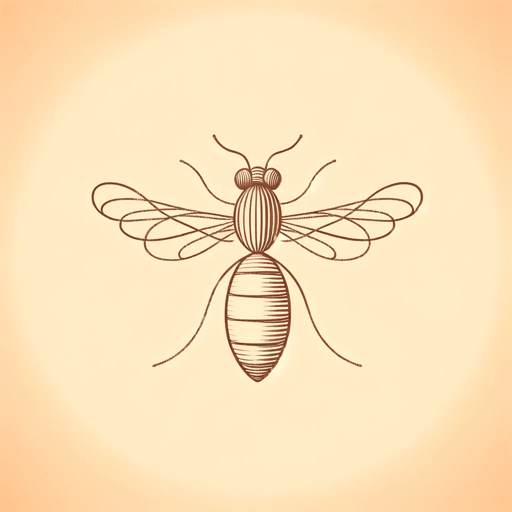16 pages • 32 minutes read
James K. BaxterWild Bees
Fiction | Poem | Adult | Published in 1949A modern alternative to SparkNotes and CliffsNotes, SuperSummary offers high-quality Study Guides with detailed chapter summaries and analysis of major themes, characters, and more.
Literary Devices
Form and Meter
“Wild Bees” is written mostly in free verse, a poetic form unbound by meter. Each stanza of Baxter’s poem is six lines. The last word in the second line rhymes with the last word in the last line. The exception is the first stanza; here it is the last word in the third and final lines that rhyme. The poem uses repeated sounds to create a sense of rhythm. The lines range from ten syllables to fourteen syllables, and there is no discernible meter.
The free verse form gives the poem a conversational fluidity, and yet there are instances of antiquated language. The use of “O” (Line 19), “desperadoes” (Line 9), and “plunder” (Line 23) are words that are not in common use today. The blend of old and new language and of traditional and contemporary form give the poem a sense of ambiguity; the reader has the impression that it could have been written at any point in the twentieth century.
Metaphor and Simile
The poem features comparative language. The speaker refers to themselves as “a safe Ophelia” (Line 2), alluding to their displacement from the outside world.

